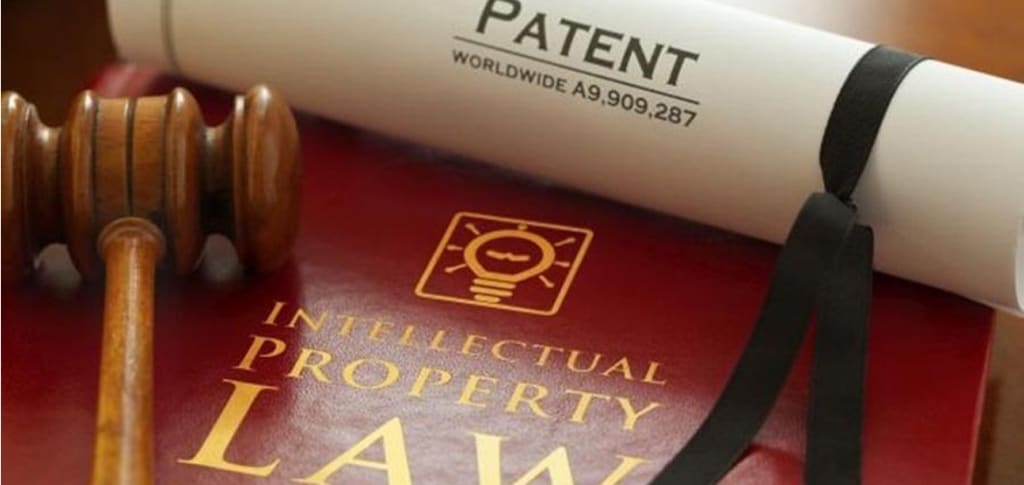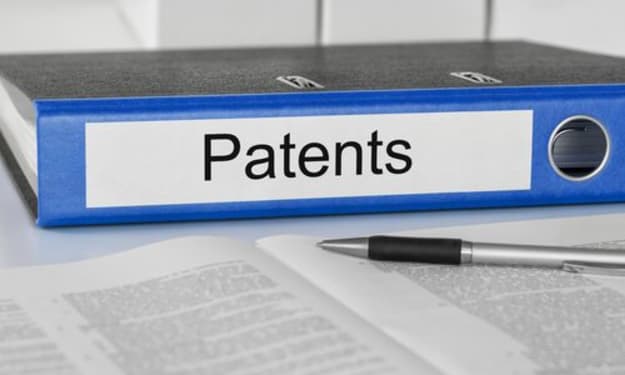
In IPR Registration, Patent is the process that has the most limitations as it is more complex than the others and is expensive at the same time. Everyone understands the importance of getting their invention patented but not many know how to get their patent granted, it is always advisable to apply using a patent attorney as you will have an export opinion for each step you take, but that is totally up to you. This article will give you a step by step walkthrough of the patent registration process and will explain the significance of each stage.
Stage-1: Basic groundwork on the IDEA Every inventor begins by doing Groundwork on his Idea. This phase is all about capturing your idea properly, have complete clarity on the idea, fill the blanks by doing appropriate research, any questions you have about your invention, this stage is where you clear it up. Make sure you have diagrams or sketches which explain the working of your inventions. The key for making drawings and diagrams is to explain how your invention is going work, it is generally better understood with visual illustrations.
Stage-2: Preliminary search Once your innovative idea has gone through all the groundwork and has complete technical details, then it’s time to perform a preliminary search. The search is mainly to find answers for questions that would build a working disclosure of the invention.
Stage-3: Search for Patentability you will have to figure out whether your invention meets all the patentability criteria, they are:
- Novelty
- Non-obviousness
- Industrial application The search will identify the closest possible prior arts which are already known to the public, relating to your present invention. Based on the results which are obtained, you will know if your invention is patentable. On the found results a patentability search report will be generated. the patentability opinion maybe
- Positive- You stand a good chance to get your patent granted for your invention.
- Negative- chances are what you thought as a novel might already be patented or know to public in some form of information. There is a high chance that your patent will not be granted.
- Neutral- chances are what you thought as a novel might already be patented or know to the public in some form of information, but there is a 50-50 chance of your patent getting accepted The patentability report can help you decide whether you go ahead with the patent registration or not. These reports will save lots of time, efforts and cost of the inventor. The time required to complete this step is about 5-7 working days. Note: In spite of all the benefits, the patentability search is an optional step. It is your choice if you would rather directly file the patent application without going for a patentability search, which is generally not recommended by the way.
Stage-4: Drafting Patent applications It is the stage where you complete your patent application so it can be filed in the patent office. A patent application was well written by an experienced patent agent/attorney that survives through the examination phase, until the grant of patent and commercialization phase. A good patent application is generally hard to master at the very first attempt, so it is advisable to draft it with an experienced patent agent/attorney. Remember, your application should survive not only through the examination phase, but it should also survive the commercialization phase where actual money is made by licensing or selling patent rights, where competitors should not be able to work around your patent. Writing such a patent application is a skill and that’s what explained in detail in our section on “Preparing patent application (patent drafting)” in “working with a patent agent or attorney”. The drafting stage requires about 8-15 working days to be completed.
Stage-5: Filing the patent application At this stage, it is time to decide whether you would want to apply for a ‘provisional patent’ or ‘A Complete Patent’.
- Provisional patent: If you are not quite ready with the complete invention and require further research and development yet you don’t want to lose on priority date for filing the patent application and then going for the provisional patent application is vastly recommended.
- Complete patent: If you have completed your invention then you can go ahead with the complete patent. The patents are territorial in nature, so if you file a patent in India, you are getting protection in India only. You cannot stop the use of invention outside India then. Therefore, if you desire that your invention should be protected in multiple countries, depending on your preference of countries Different options, paths and strategies for filing a patent application are to be adopted with the guidance of patent agent/attorney. You receive a receipt for filing a patent application in government patent office with invention title, your name along with time and date of filing. Now, your invention is safe, and you have secured a priority date for your invention, which makes you less worried about the confidentiality and safety of your invention. Note: This process can also be done online and will take less than a day.
Stage-6: Publication of your application The application will automatically be published after 18 months from the filing date by the patent office. The process demands No fee or action by the inventor. However, if you wish to have an early publication you can fill for a request and a small fee will be charged for this process, but your publication will be out much sooner. The early publication request must be made with Form 9, the patent application will be published within a month from the date of the request for an early publication. Note: Early Publication is totally optionally.
Stage 7: Request for examination (RFE) The patent application will be examined only after the Request for Examination (RFE) had been raised by the inventor. The inventor/applicant needs to file a request for examination (RFE) within 48 months of the filing date or priority date. Upon receiving this request the controller gives your patent application to a patent examiner who performs searches for checking patentability of the invention (as per patentability criteria). The examiner then creates a first examination report (FER) of the particular patent application. Everything that happens to that particular patent application before the grant of patent is denoted as the patent prosecution. The first examination report (FER) which was submitted to the controller by the examiner will comprise of,
- Prior arts which are existing before the date of filing and which are similar to the claimed invention of the applicant.
- Any objections being raised with regards to the patentability requirements for the invention of the applicant. The full examination report with objections is communicated to the inventor.
Stage 8: Response aptly to objections Don’t panic if you receive any objections, Majority of the patent applicants will receive some objections based on the examination’s report. The best thing to do is to analyze the examination report with your patent agent/attorney and buckle up to create an appropriate response to the objection which is raised in the examination report. This is the inventor’s chance to communicate his novelty and non-obviousness of your invention based on the kind of objections you have received. Inventor is supposed to answer the objection raised within the 12 months from the date in which the First examination report had been forwarded to you.
The inventor and patent agent created and send a response to the objections that just proves to the controller that his invention is indeed simply patentable and also satisfies all the patentability criteria. If the reasons are satisfying for the controller with the response to the objections or the amended patent application.
Upon finding the patent application in order of the grant, your patent will be granted to you at the earliest. With a seal of the patent office and the date of grant is registered in the register of patents.
Stage-9: Grant of Patent The application will be placed in order once the invention is found to be meeting all the patentability requirements. The patent will be granted to the inventor as soon as possible with the seal and a form from the patent office. The grant of the patent will be notified in the patent journal and will be published from time to time.
For more info contact us: unimarkslegal.com






Comments
There are no comments for this story
Be the first to respond and start the conversation.